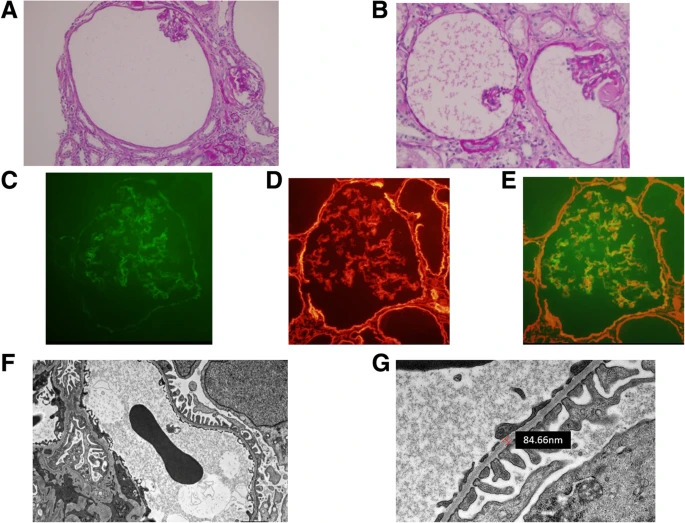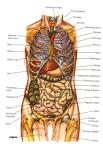Sandbox:Marufa Marium
Overview
Von Willebrand’s Disease:

Historical Perspective



Von Willebrand’s Disease(vWD) was first discovered by Erik Adolf von Willebrand, a Finnish Physician, in 1926, in a Swedish-language article “Hereditär pseudohemofili” ("Hereditary pseudohemophilia") after assessing a 5 year-old Finnish Girl and 66 members of her family from 1924-1926. In 1957, decreased level of a plasma factor ‘ Factor ⅷ later called ‘Von Willebrand factor’ were first identified in the pathogenesis of Von Willebrand’s Disease. In early 1970s Ristocetin was used to diagnose vWD after inducing platelet aggregation [1] . Later immunoprecipitation techniques were used to understand vWD and it’s varieties.


Classification
vWD may be classified according to Hereditary and Aquired causes. vWD is sub-classified according to Hereditary in four types.
- Type 1
- Type 2: Type 2 is further divided into 4 subtypes: 2A, 2B, 2M, 2N
- Type 3
- Pseudo or platelet-type
Aquired vWD is thought to be caused by Autoantibodies. It can be subclassified into lymphoproliferative, cardiovascular, myeloproliferative, neoplastic, autoimmune disorders [2].
Another classification has been made by The International Society On Thrombosis And Hemostasis on the basis of Qualitative and Quantitative defects of vWF [3].
References
- ↑ Favaloro EJ (July 2014). "Diagnosing von Willebrand disease: a short history of laboratory milestones and innovations, plus current status, challenges, and solutions". Semin. Thromb. Hemost. 40 (5): 551–70. doi:10.1055/s-0034-1383546. PMID 24978322.
- ↑ Kumar S, Pruthi RK, Nichols WL (February 2002). "Acquired von Willebrand disease". Mayo Clin. Proc. 77 (2): 181–7. doi:10.4065/77.2.181. PMID 11838652.
- ↑ Sadler, J Evan (2018). "A Revised Classification of von Willebrand Disease". Thrombosis and Haemostasis. 71 (04): 520–525. doi:10.1055/s-0038-1642471. ISSN 0340-6245.